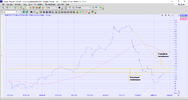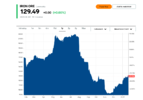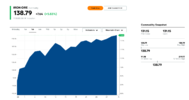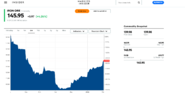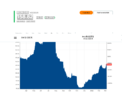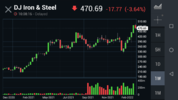Dona Ferentes
Beware of geeks bearing grifts
- Joined
- 11 January 2016
- Posts
- 18,272
- Reactions
- 25,076
China’s top steel industry executives and senior government officials outlined a strategy for achieving the five-year targets in an article published this week, which highlights the Chinese government’s frustration with volatile iron ore prices and its desire to follow Japan’s lead by investing heavily in offshore mines.
The article published in the state-backed Economic Daily singled out Australia and Brazil for dominating China’s imports of the steel-making ingredient.
Mr Chen outlined a target to have mines with majority Chinese equity stakes providing more than 20 per cent of imported iron ore by 2025, compared with 8 per cent currently. The article noted that overseas mines partly owned by Japanese interests accounted for 60 per cent of that country’s imports.
Mr Chen acknowledged the high risks in his comments and noted most of the world’s high-quality iron ore resources had already been carved up by developed countries.
??
The article published in the state-backed Economic Daily singled out Australia and Brazil for dominating China’s imports of the steel-making ingredient.
“The control of overseas iron ore resources is obviously insufficient, and more than 80 per cent of the import volume comes from Australia and Brazil. The risks to resource security are prominent,” said Chen Ziqi, a senior executive at China International Engineering Consulting Corp, a major adviser to the Chinese government on investment and construction.
Mr Chen outlined a target to have mines with majority Chinese equity stakes providing more than 20 per cent of imported iron ore by 2025, compared with 8 per cent currently. The article noted that overseas mines partly owned by Japanese interests accounted for 60 per cent of that country’s imports.
Mr Chen acknowledged the high risks in his comments and noted most of the world’s high-quality iron ore resources had already been carved up by developed countries.
“Only low exploration levels, poor resource conditions, large investment scales, long return periods, and backward infrastructure are left to Chinese enterprises. Risky projects,” he said.
??

